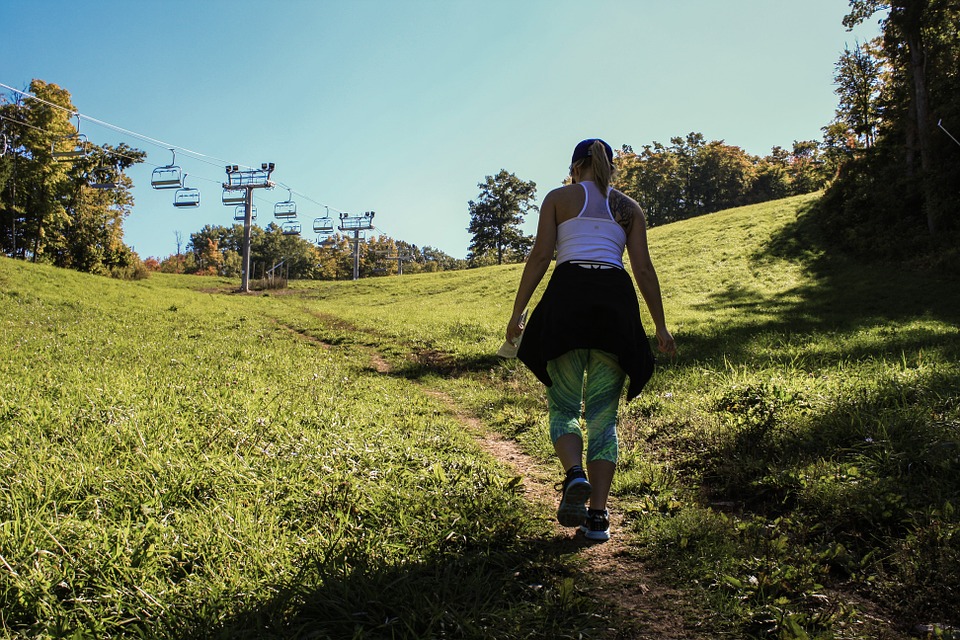
Whether you play summer sports or are now in the training season, summer sports training brings a completely new set of safety concerns.
Summer is finally here. The snow has melted; the sunshine is warm; the single-digit temperatures have finally left for the season. Now’s the time to take your summer sports training outdoors, after being stuck inside for what used to seem like months on end. Whether you play summer sports or are now in the training season for your cold-weather sports, training and playing outdoors brings a completely new set of safety concerns.
As training ramps up during the warmer months for fall and winter sports, so do many injuries. However, you don’t want to have to sit out your entire season because you injured yourself during your summer sports training. Furthermore, no one wants to have to sit out the summer. From enjoying the outdoors on a trail run or hike to hitting the beach for some swimming and volleyball, it would be a shame to have to stay indoors because of an injury. If you’d rather be playing outside than stuck on a couch indoors or worse, a hospital bed, keep these tips in mind for your summer sports training.
1. Stay Hydrated
Yes, it seems like a no-brainer. However, it’s quite common for people to forget to load up on water when heading outdoors, particularly on a sunny and hot day. In fact, up to 75% of Americans don’t get enough hydration. Dehydration can cause fatigue, joint pain, headaches, and even high blood pressure. Specifically, with fatigue, serious injuries can occur both from over-training and traumatic accidents.
So how much water should you drink? The Mayo Clinic recommends drinking at least 13 cups, or 3 liters, of beverages a day for males and at least 9 cups, or 2.2 liters, for a woman. That’s a lot of water!
2. Watch For Symptoms Of Heat Exhaustion/Stroke
Heat exhaustion and stroke can sometimes be hard to detect as many of the symptoms come with, well, being hot. It’s not rare to sweat in the sun, have hot or red skin, or even feel a tad tired when you’re out in the sun all day. However, when the sweating becomes heavy accompanied by weakness and vomiting or even fainting, it’s time to head indoors and get away from the heat as soon as possible. Such symptoms as high body temperatures, rapid pulse, unconsciousness, fainting, and nausea can all be indications of heat exhaustion or stroke. It’s especially important to call 911 immediately if someone has fainted or become unconscious.
3. Avoid Peak Hours for Your Summer Sports Training
Consider moving your workouts to the morning or evening to avoid heat exhaustion or stroke entirely. Peak temperatures during the summer are typically from 11 a.m. to 2 p.m. Not only do you minimize your risk for heat exhaustion, but you also may prevent heat cramps. Heat cramps are extremely painful and oftentimes preventable. They are involuntary muscle spasms that occur when you’re too hot, and often happen in the legs and/or arms.
Don’t Risk An Injury
The majority of injuries often result from fatigue and cramping, two symptoms of not playing it safe while in the sun. It can lead to overuse injuries that can keep you from enjoying the summer. It can even lead to serious injuries that keep you out for the upcoming season. If you’re unsure how to train safely during the summer, seek out assistance from an athletic trainer or physical therapist who can give you advice on avoiding and preventing injuries. You’ll stay at the top of your game if you train smart all summer long.


